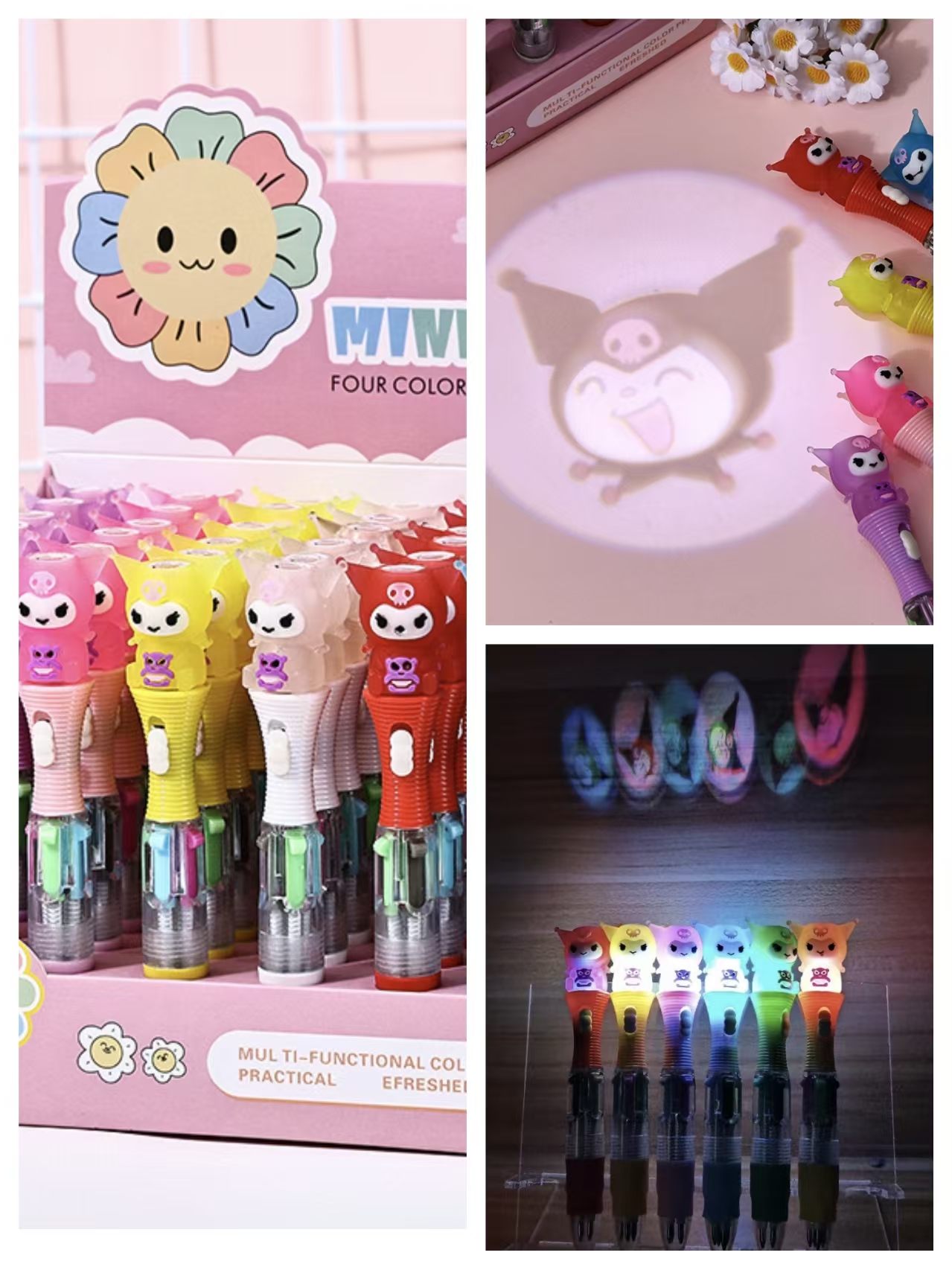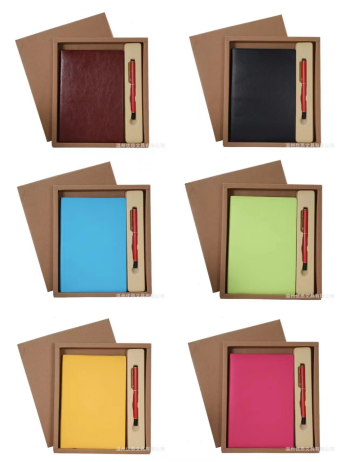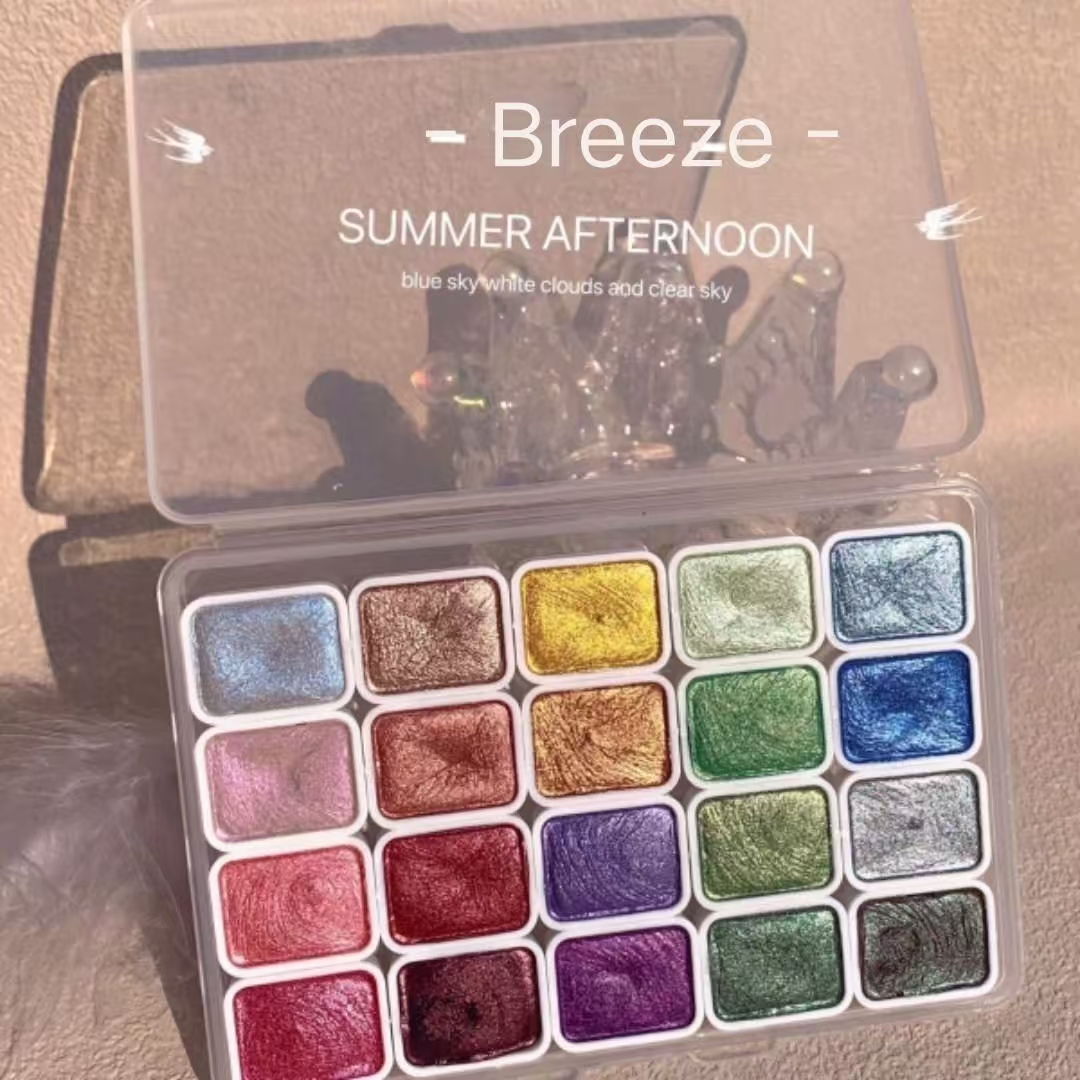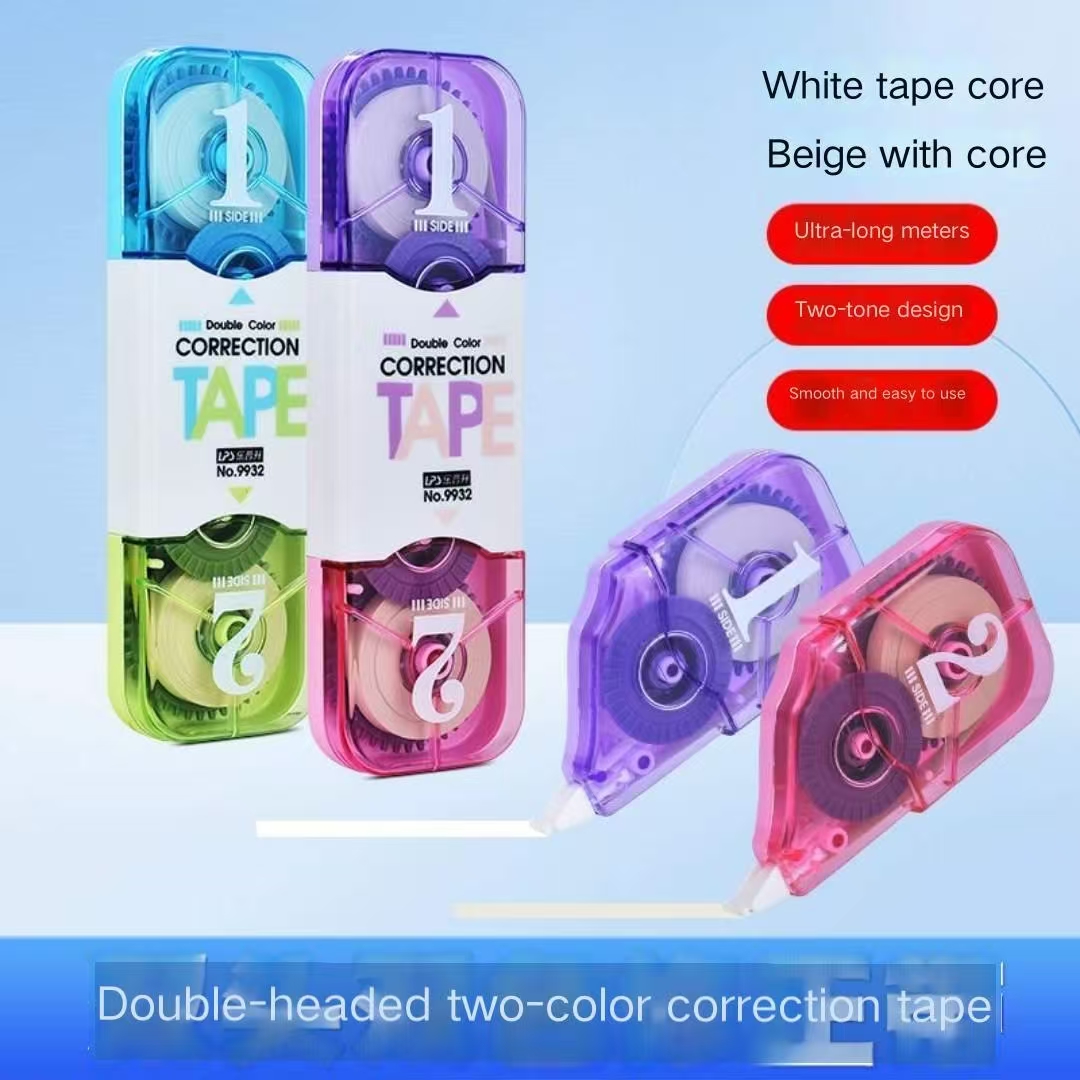What Makes a High-Margin Stationery Product Line?

Stationery brands usually struggle to grow profit quickly, but some products rise above the rest and earn much more. The secret is not just the cost—it's the feeling the item gives the user.
A high-margin stationery product line thrives when products offer clear functional benefits with emotional value. Customers will pay more for a notebook with unique paper or a pen that transforms writing into a pleasure.

When I look at the best brands, I see how they build loyal fans by combining smart design with real delight. Real margin growth in stationery comes from giving people a reason to love and talk about your product, not just pick it up in passing. Let’s break down how this works and what makes some lines stand out.
What is the profit margin in stationery business?
How much profit do stationery companies really make?
Most regular stationery products see profit margins between 15% and 35%. Premium brands, which offer better materials or design, can reach margins of 40% or higher.

Margins in this industry depend on the product type and customer base. Everyday school notebooks often have the slimmest profit margins, but office planners or artistic sketchbooks with unique features can double or triple those numbers. In my own experience, when we shifted to better paper and thicker covers, customers barely hesitated—even when prices rose by 30%. That’s because functional upgrades and style improvements justified the price, turning basic items into little luxuries.
Typical Margins Table
| Product Type | Regular Margin | High Margin Features |
|---|---|---|
| School Notebooks | 15–20% | Custom covers, quality paper |
| Writing Pens | 8–18% | Ergonomic grip, refill design |
| Sketchbooks | 25–45% | Thick paper, hard binding |
| Planners/Journals | 30–50% | Personal pages, unique binding |
| Gift Sets | 35–60% | Premium box, creative themes |
What is considered a high margin product?
What makes a stationery product truly “high margin”?
A high margin stationery product is one that earns over 40% gross margin because it delivers a special experience—like unique textures, great design, or clever features.

High-margin products usually mix practical upgrades with emotional pulls. When you add archive-safe paper or a smooth snap-closure, buyers feel value that jumps beyond price tags. I once led a launch of planners with color-themed pages and goal-setting tools. They sold out with margins twice as high as simple books. People weren’t just buying paper—they were buying a better year. The more you tap into your user's emotions and daily rituals, the easier it is to hit and hold strong margins.
Features Driving High Margins Table
| Feature | Practical Impact | Emotional Impact |
|---|---|---|
| Heavyweight Paper | Less ink bleed | Writing feels premium |
| Metallic Detail | Durable, stylish | Feels special to own |
| Custom Inserts | Stay organized | Personal relevance |
| Unique Packaging | Gift-ready, safe | Looks memorable |
| Personalization | Easy reorder/replace | Connection to owner |
Is a 50% profit margin too much?
Can stationery lines really get away with a 50% margin?
A 50% profit margin is not too much for high-value stationery if you solve real user problems and provide an experience worth the price.

If an item has clear benefits—like luxury pens that write smoother than the competition or journals that withstand years of travel—buyers accept higher prices. In my own team, whenever we focused on packaging and personal touches, customers did not blink at a 50% margin. Honest marketing showing the product’s value helped too. As long as buyers see the difference and feel special owning your product, “too much” is just a myth.
Margin vs. Buyer Perception Table
| Gross Margin | Buyer View | Product Position |
|---|---|---|
| <20% | Cheap/basic | Mass market |
| 20–40% | Good quality, good price | Everyday upgrade |
| 40–50% | Premium, thoughtful choice | Gift or personal treat |
| >50% | Luxury/collector | Special edition/niche |
Conclusion
A high-margin stationery product line1 is built, not found. It starts when you pay attention to both what users need and how they want to feel using your product. Margins grow when you blend practical improvements—like better materials or clever design—with emotional details that create joy and pride2. It’s not just about having the right features; it’s about making your product part of someone’s day, even their identity.
When you see a pen or notebook become a student’s favorite tool or a professional’s go-to planner, you know it delivers real value. That value makes higher pricing fair and sustainable. The best margins come when your customers talk about your brand, share it as a gift, or look forward to the next edition. This doesn’t happen by chance—it takes time, care, and a deep understanding of how people connect with what they use. Focus on building that connection, and your high margins will follow, making your stationery line both profitable and loved.
My Role
About me
Brand Name: MoldAll
Slogan: Master Molding Right
Website: www.moldall.com
Our Mission:
MoldAll is a knowledge-sharing platform dedicated to helping anyone interested in mold design and manufacturing gain a deeper understanding of the craft. Our goal is to make mold knowledge accessible to all, from beginners to seasoned professionals.
About me:
MoldAll was founded by Mike Tang, a passionate mold enthusiast who started as an employee at a mold factory and later went on to establish a successful mold and CNC trading company. Thanks to his journey in the mold industry, Mike achieved financial independence and helped many of his clients grow their businesses. Grateful for the opportunities the mold industry has given him, Mike is now dedicated to giving back by sharing his expertise and insights, helping others succeed in the field.
About him/her
Product and Mold Designer User Profile (Jacky)
Age: 35
Country: Canada
Education: Degree in product design or mechanical engineering
Work Experience: 10 years of experience in product and mold design
Jacky is a seasoned designer who works in a stationery manufacturing company, specializing in plastic components for consumer electronics. His role involves ensuring that designs meet both aesthetic and functional requirements while being optimized for large-scale production. Jacky is highly proficient with CAD tools and mold design principles, regularly collaborating with engineers and production teams. He seeks to keep up with advancements in mold design, new materials, and manufacturing technologies to improve product quality and reduce costs. His main challenges include calculating mold shrinkage, managing tight project deadlines, and incorporating the latest design techniques.
